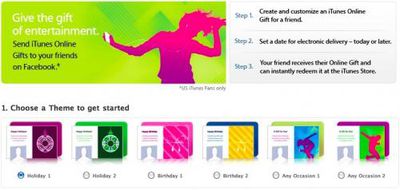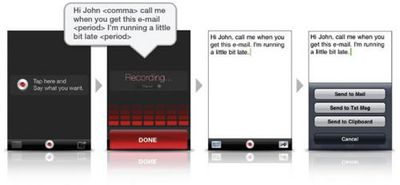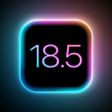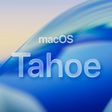The Wall Street Journal reports (subscription required) that Taiwanese LCD manufacturer Chi Mei Optoelectronics has agreed to pay a $220 million fine to address criminal charges stemming from extensive price fixing in the LCD industry from 2001 through 2006 that affected a number of companies, including Apple. Chi Mei becomes the sixth company to plead guilty in the conspiracy over the past year.
The department said the conspiracy affected some of the world's largest computer and television manufacturers, including Apple Inc. (AAPL), Dell Inc. (DELL) and Hewlett-Packard Co. (HPQ).
Prosecutors said Chi Mei and its co-conspirators participated in meetings in Taiwan, South Korea and the U.S. in which they agreed to fix LCD prices. The companies later shared sales data with each other to ensure all conspirators were adhering to the price-fixing agreement, prosecutors alleged.
Prosecutors didn't say how much the price-fixing victims might have paid in inflated LCD prices.
The criminal charges were brought by the U.S. Department of Justice, which has levied a total of $860 million in fines against the six companies.
Chi Mei has been a supplier of LCD displays for several of Apple's notebook models, and just last month agreed to a merger with rival Innolux, itself a subsidiary of long-time Apple manufacturing partner Foxconn. Apple, however, partnered with LG early this year on a five-year deal to lock in a long-term strategic alliance with what was already Apple's largest LCD supplier.

















